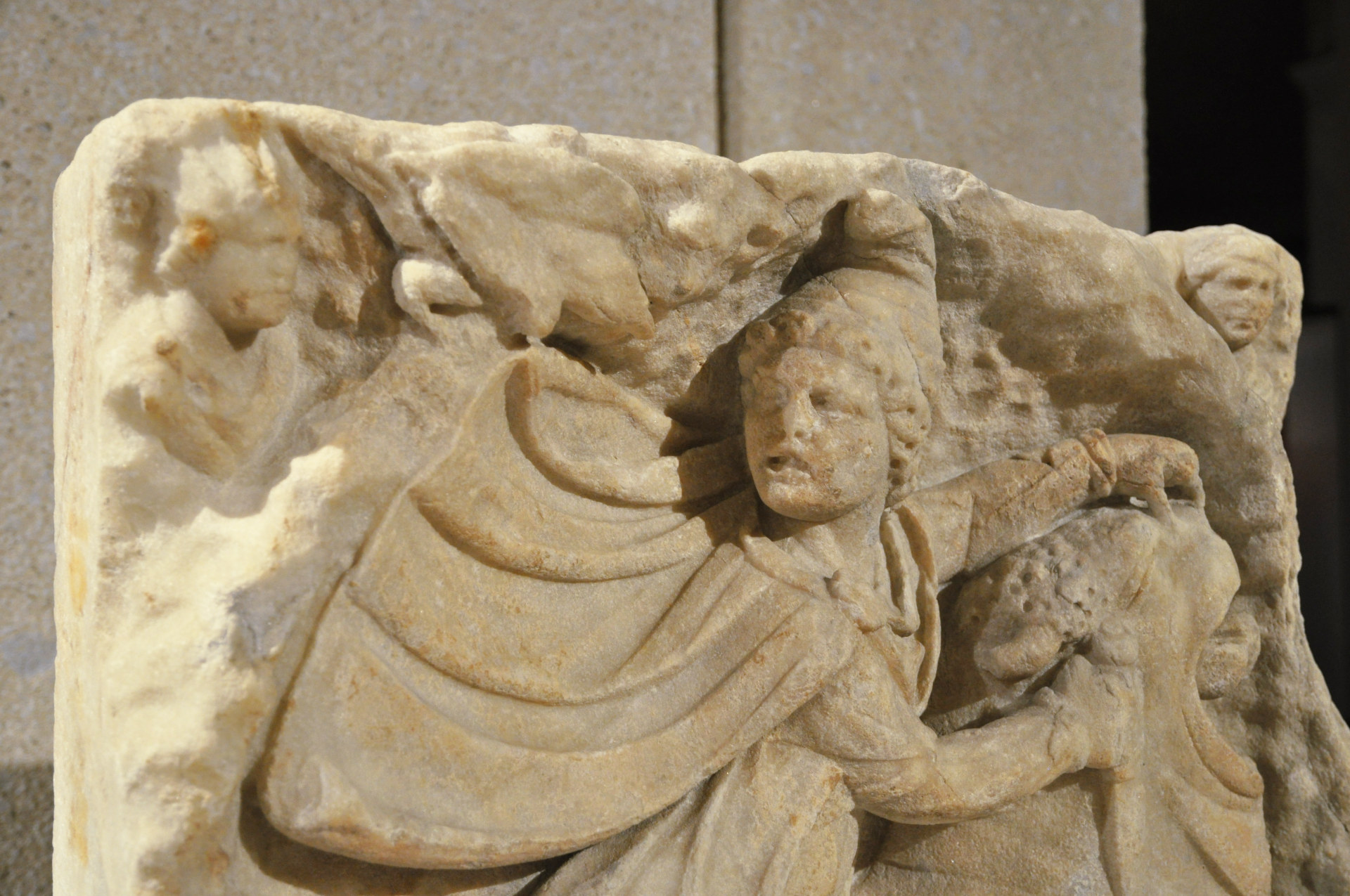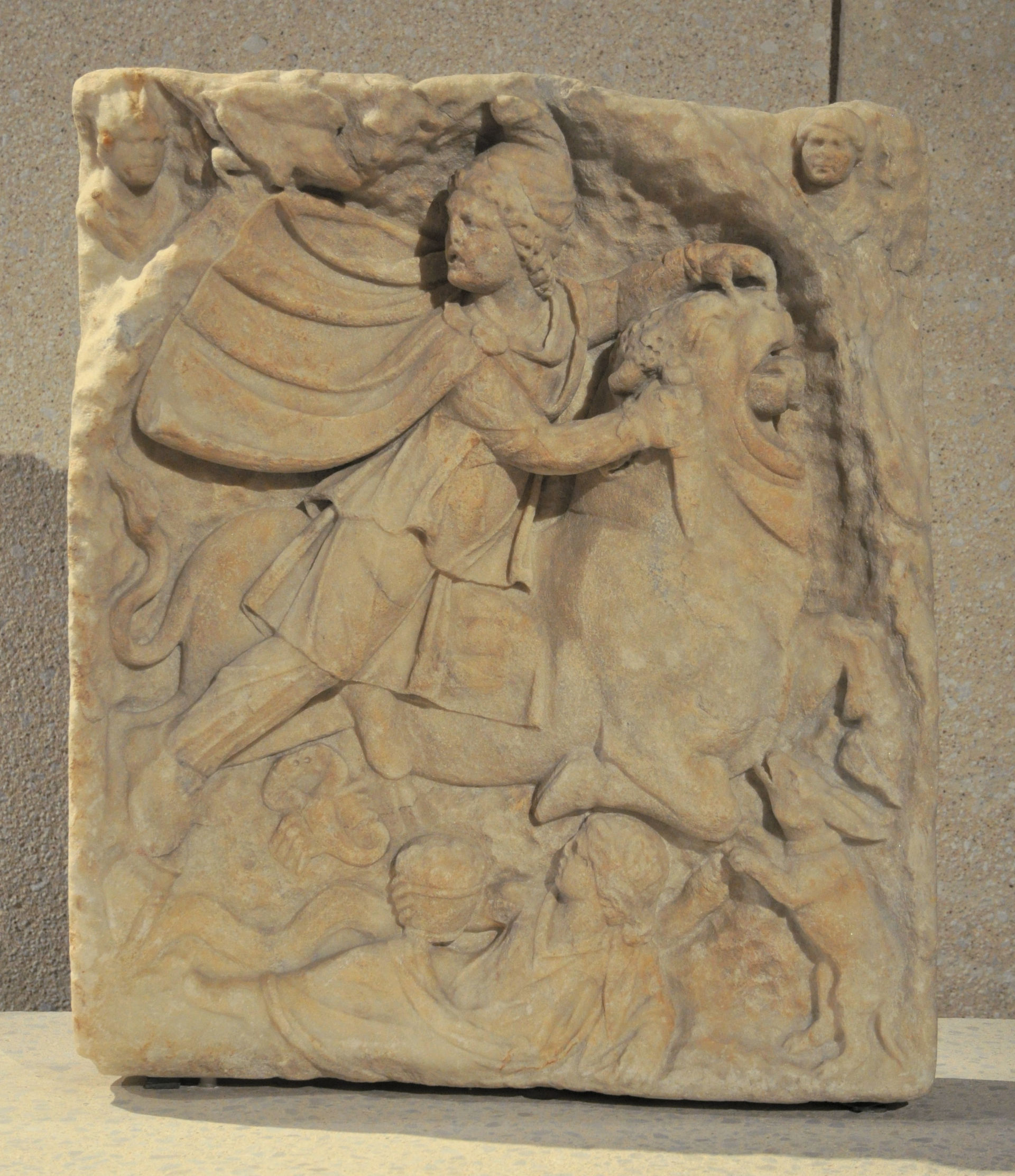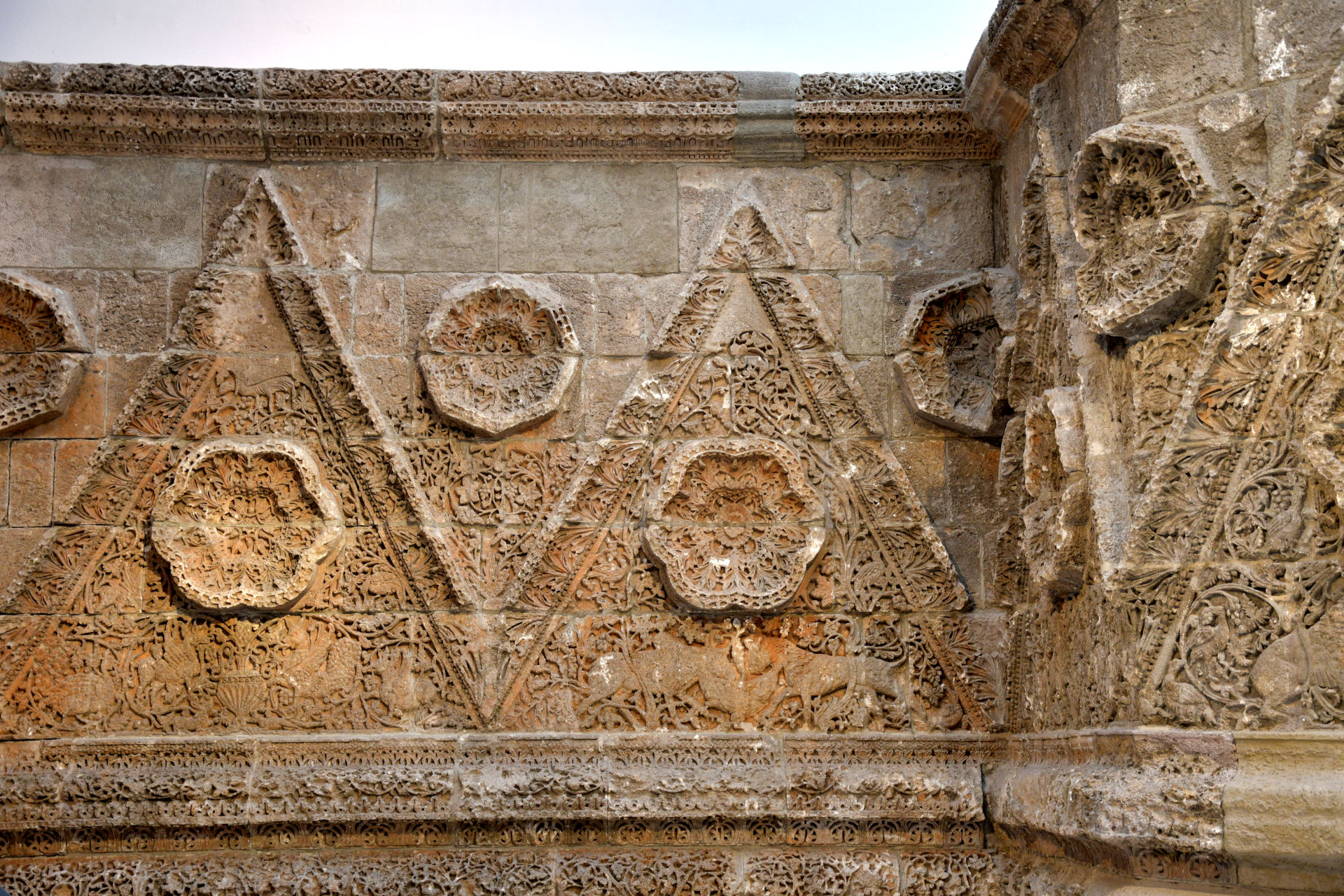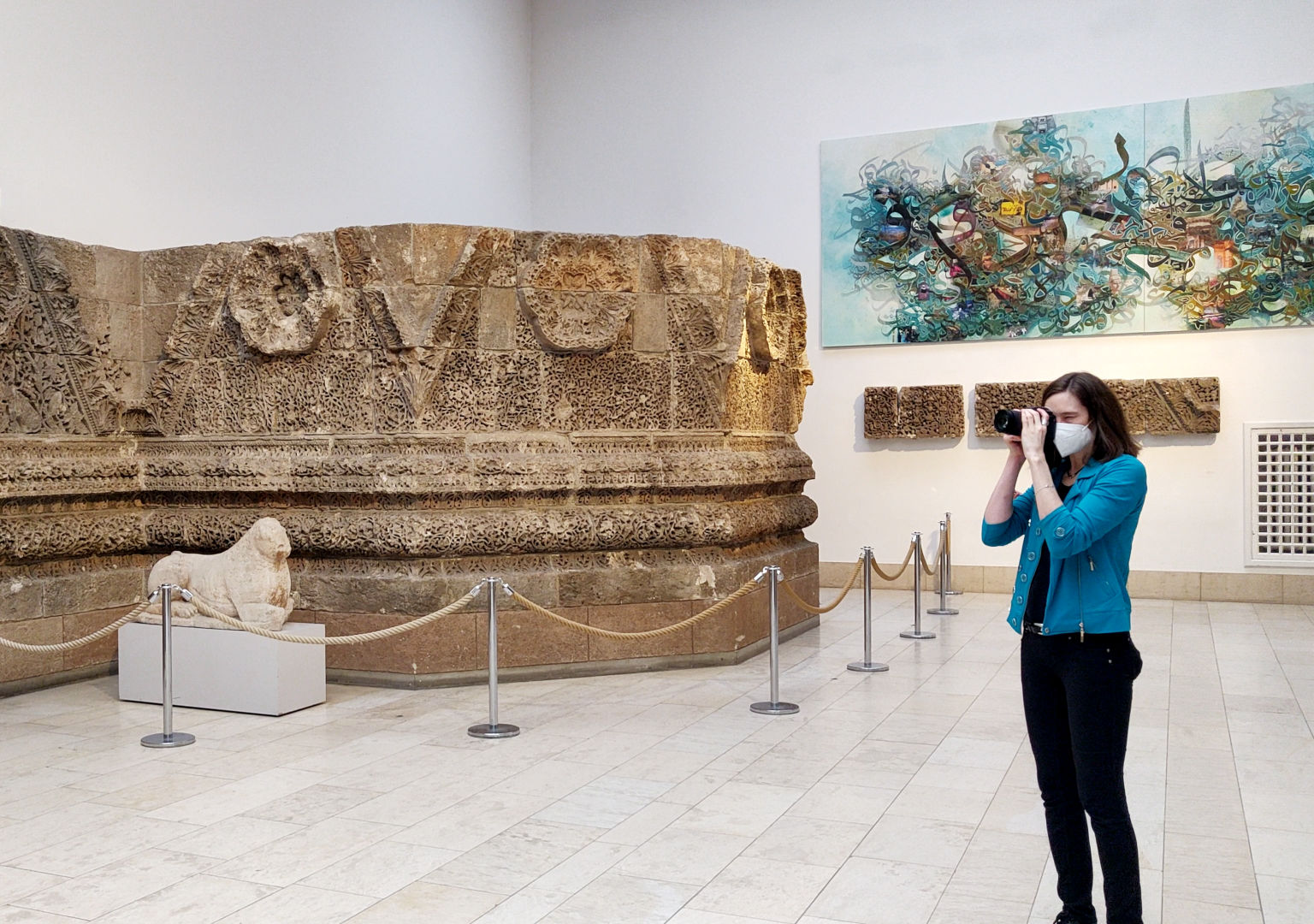New video! Mithras: Mystery cult hero and 3D model
Who is Mithras? That’s the topic of my brand-new video!
Mithras was a god worshipped by the Romans nearly 2000 years ago (shown here in a relief in Berlin’s Neues Museum). He was the hero god of the religion called mithraism, which we categorize today as a “mystery cult.” This means that the religion was based on mysterious rituals practiced by the initiated and kept secret from everyone else.
As you can imagine, reconstructing an ancient religion that was deliberately kept secret is extremely difficult! So there is a lot about this religion that we still don’t know.
But ancient art, like the relief in Berlin, gives us some hints. It shows Mithras and a number of other figures that help us reconstruct mithraic mythology. Find out about them in this 3D model of the relief made by Modicolitor! Zoom in, turn it around, and click on the highlighted details to learn more about them. In my video you can find out even more.
In addition, a seminar at Heidelberg University made lovely 3D reconstructions of candlelit mithraea – check them out here.
This is actually a big year for Mithras in museums, as right now there is a European research project about Mithras. It will bring an exhibition about him to museums in Belgium (on show until April!), France, and Germany. That will sure be interesting!
New video! The biggest monument you've never heard of: Mshatta Facade (Pergamon Museum, Berlin)
Woohoo, here’s my newest video! This is a super-speedy 3.5-minute tour of the biggest monument you’ve never heard of: the Mshatta Facade.
The what?
Yes indeed, this building-sized monument is one of the three biggest objects in Berlin’s Pergamon Museum. You might have heard of the other two: the Pergamon Altar and the Ishtar Gate of Babylon – here’s my video about that one! But it is also one of the least known objects. Which is a shame, because it is not only gigantic but also beautiful and historically fascinating! (This article tells the history from its origin up to the present day, but only in German.)
The Mshatta Facade was part of a wall surrounding a desert palace. The palace was located near Amman, Jordan, but it was built long before Jordan existed as a country. It was built in the 700s CE! The piece preserved in the museum shows us the grandeur and artistry commanded by one of the first Islamic rulers of all time. As such an early piece of Islamic architecture, the Mshatta Facade is remarkable. It’s the biggest object in the collections of the Museum of Islamic Art (Museum für Islamische Kunst), which is housed in the Pergamon Museum.
Part of the motivation to make this video now is that the Mshatta Facade will be closed to visitors soon. While it is restored and moved to its new location in the north wing of the Pergamon Museum, you won’t be able to see it anymore.
And this could take quite some time… The museum renovations are going to take at least another 3 years, probably longer. A good chance to admire and document this amazing monument for the last time in a while!
Head on over to my video and let me know what you think. 🙂




